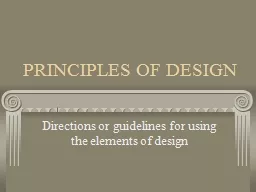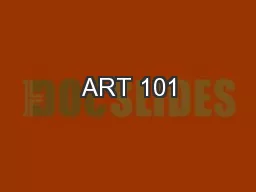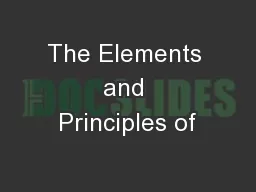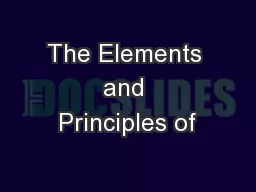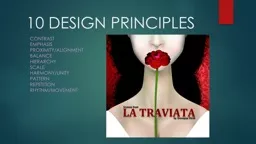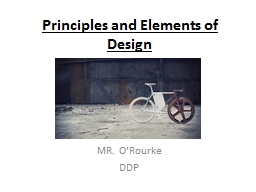PPT-PRINCIPLES OF DESIGN Directions or guidelines for using the elements of design
Author : pamella-moone | Published Date : 2018-11-05
BALANCE A sense of equilibrium When establishing balance consider visual weight created by size color texture and number of objects TYPES OF BALANCE SYMMETRICAL
Presentation Embed Code
Download Presentation
Download Presentation The PPT/PDF document "PRINCIPLES OF DESIGN Directions or guide..." is the property of its rightful owner. Permission is granted to download and print the materials on this website for personal, non-commercial use only, and to display it on your personal computer provided you do not modify the materials and that you retain all copyright notices contained in the materials. By downloading content from our website, you accept the terms of this agreement.
PRINCIPLES OF DESIGN Directions or guidelines for using the elements of design: Transcript
Download Rules Of Document
"PRINCIPLES OF DESIGN Directions or guidelines for using the elements of design"The content belongs to its owner. You may download and print it for personal use, without modification, and keep all copyright notices. By downloading, you agree to these terms.
Related Documents

